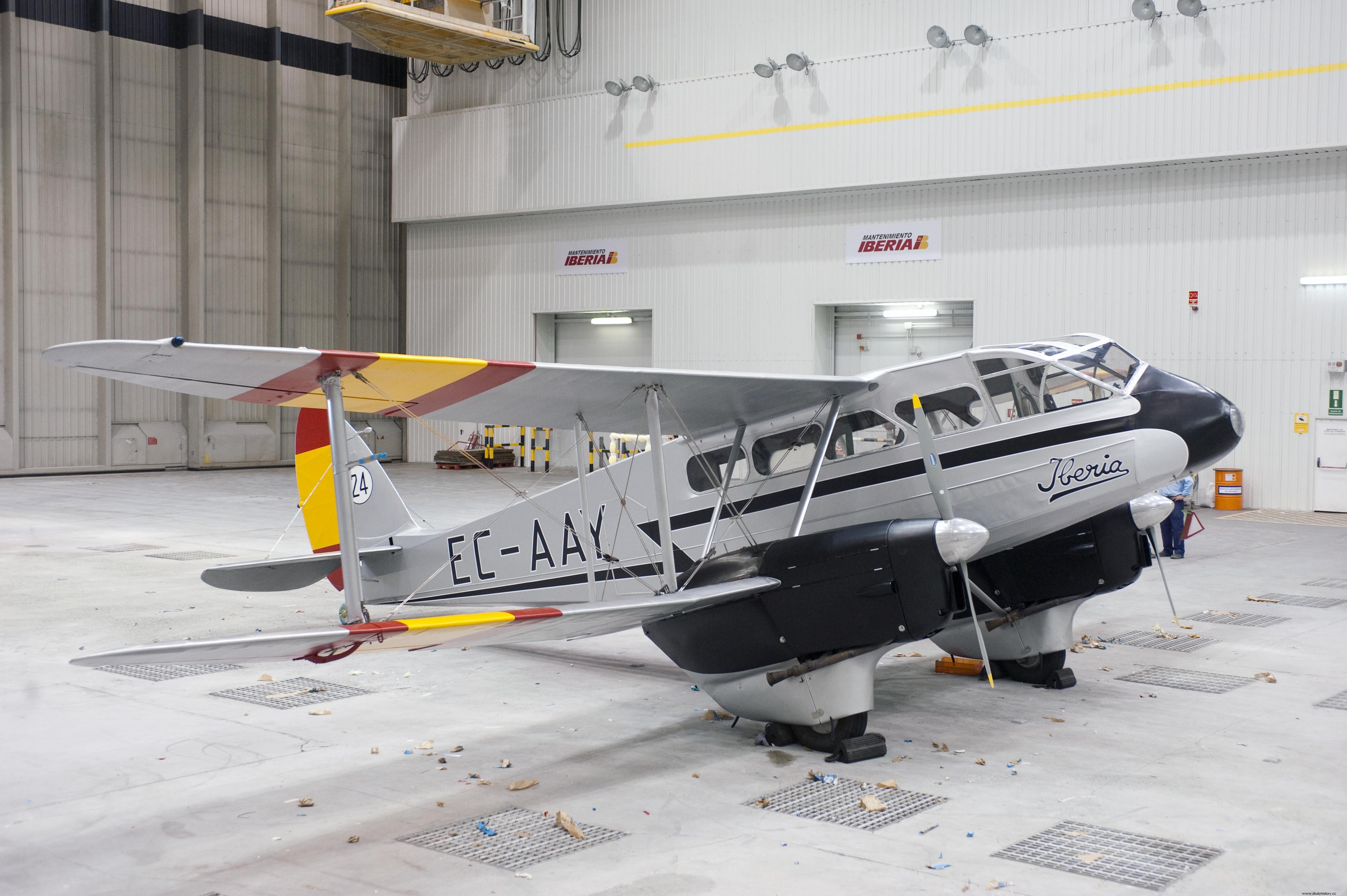At the beginning of the Second World War, Spain declared itself neutral (BOE, September 4, 1939):
Officially acknowledging the state of war that unfortunately exists between England, France and Poland on one side and Germany on the other, I hereby order the strictest neutrality of Spanish subjects, in accordance with current laws and the principles of International Law.
In 1940, and before Italy entered the war, it declared itself non-belligerent (BOE, June 13, 19640):
Extended fight to the Mediterranean for the entrance of Italy in war with France and England, the government has agreed the non-belligerence of Spain in the conflict.
This new position was, to say the least, ambiguous and no one was surprised by the sympathy of the Regime and part of the army with the Axis Forces. Several Spanish ports served as a refuge for German and Italian ships. One of the most used enclaves was the port of Santa Isabel , on the island of Fernando Poo (Spanish Guinea). In 1942, this port was home to three Axis ships, the German Likomba launches. and Bibundi and the Italian ship Duchessa D´Aosta loaded with supplies for German submarines. A British agent operating on the island informed London... the British launched Operation Postmaster . On January 14, Captain Gus March-Philipps departed from Lagos (Nigeria). at the command of a British command of forty men, among whom were three Spanish exiled republicans, divided into two groups:the first was to take control of the Duchessa D'Aosta and the second of the two boats. Taking advantage of a moonless night and after turning off the public lighting, the commandos were able to enter the port and, although it took longer than expected, half an hour later the flotilla was already sailing through international waters escorted by the corvette Violet of the Royal Navy.

HMS Violet
When port authorities became aware of the theft, the governor ordered a Havilland Dragon Rapide airplane to , of the Iberia company , tried to locate the three ships... and, for the first time, an Iberia plane was equipped with weapons (machine guns and hand bombs) and its crew militarized. The plane failed to locate the ships and Spain raised a protest at the British embassy for the attack in Spanish sovereign waters, but the London government excused itself by saying that the ships were found on the high seas and that they were only taken to the port of Lagos . And to make matters worse, the captured ships were renamed and used by the United Kingdom in the war as fleet transport and war material. The Duchessa d'Aosta returned to Italian control once the conflict ended.

